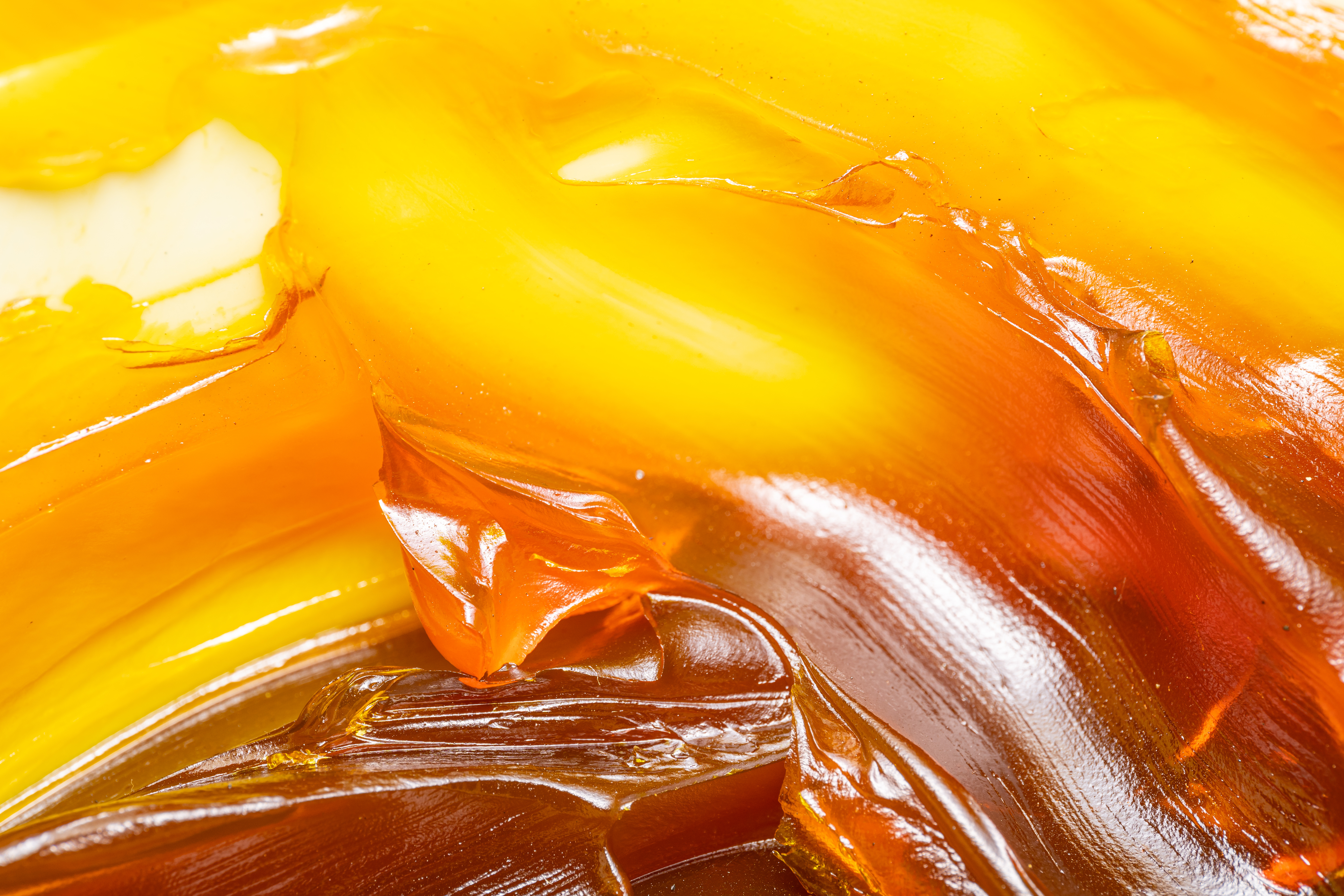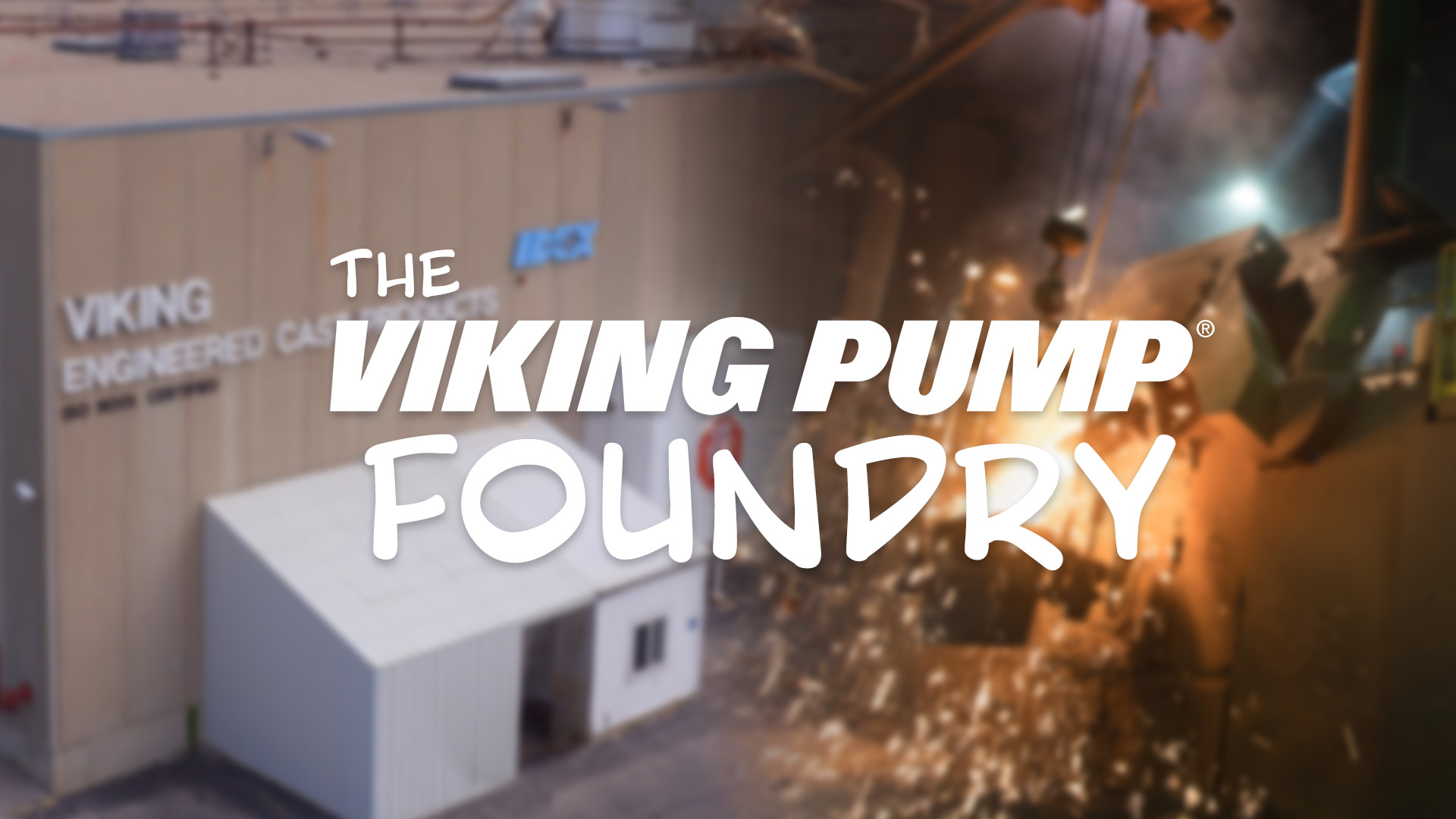What a WATER Barometer Teaches Us About Pumps
This is a gear pump, a type of rotary positive displacement pump. Its tight-fitting clearances allow it to evacuate air in the suction line to prime the pump. And once primed, it's capable of pulling even higher vacuums. This ability to self-prime is key in applications like unloading drums, totes, rail cars, and barges. But as good as this pump is at pulling the liquid in, it's always going to be limited and not based on the pump. It's based on an invisible force pushing the liquid in from the outside, and that's atmospheric pressure.




